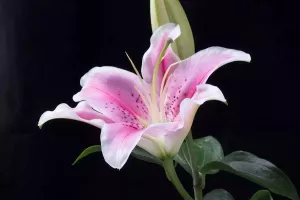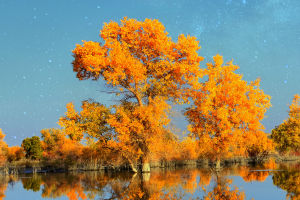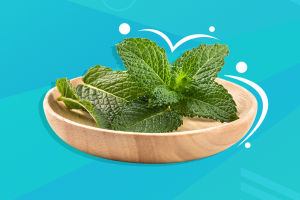Who wouldn’t turn their head to a garden filled with bright camellia blooms? May it be a screen or focal point to a landscape or cut flowers in a bouquet, the camellia, from its glossy foliage that can be turned into soothing and healing teas to its many-petaled flower that may mean purity or passion when given to a loved one, is bound to stand out.
Read on for a few camellia facts all enthusiasts should know, and you just might learn something new about these Southern-favorite shrubs.
1. Not All Camellias Bloom in Winter and Spring
While we often think of camellias as cold-weather, early-spring bloomers, sasanqua camellias (hybrids developed from the Camellia sasanqua species) bloom in fall. These hybrids provide vibrant autumn color and are easy to train into espalier, hedge, or climbing forms. Try 'Diana' camellia (Camellia sasanqua 'TDN 1110') for lush white blooms and 'Alabama Beauty' camellia (Camellia sasanqua 'TDN 1111') for rosy-red blooms in October and November.
2. There are thousands of varieties of Camellias
Native to Asia, there are more than 200 species of camellias and thousands of varieties. The most-popular types of camellias in America are japonicas, sasanquas, and reticulatas, says William Khoury, superintendent of gardens for the American Camellia Society and Massee Lane Gardens in Georgia. Some people create large collections of different types of camellias, favoring the big blooms to exhibit at flower shows.
3. Camellia As A Culinary Plant
The camellia plant is not all about the looks, though. Belonging to the Theaceae or Tea Family, the camellia plant is historically grown for the production of tea. The most common species used in making the world-famous beverage is the Camellia sinensis var. sinensis and C. sinensis var. assamica which are widely distributed in China. The young leaves and buds are harvested to be brewed into culinary and medicinal tea but aside from tea production, camellia plants are being utilized for oil extraction specifically, the seeds. Another species, the Camellia oleifera has the longest history of being cultivated for oil production as well as C. drupifera and C. reticulate.
4. A French Botanist Brought Camellias to America
Camellias were introduced to America through the port of Charleston by famed French botanist André Michaux, who established the South's first botanical garden just north of Charleston in 1786. Ideally suited to the Lowcountry climate, camellias began flourishing in small gardens as well as on large estates.
5. Coco Chanel loved the flowers
It's said that the camellia flower was a favorite for famed fashion designer Coco Chanel. Images of the elegant blooms showed up in her jewelry, handbags, clothes, and other products. She's also reported to have liked them because they weren't fragrant, so they didn't compete with her signature perfume, Chanel No. 5.
6. The Camellia is Alabama's State Flower
The camellia was adopted as Alabama's state flower in 1959. The Camellia cross-pollinates with football in Alabama at the annual Camellia Bowl. Named after the state flower, this football game between teams from the Sun Belt and Mid-American conferences kicks off at the Cramton Bowl in Montgomery.


